Physical diagram of USB3.0 data cable wiring
USB3.0 data cable
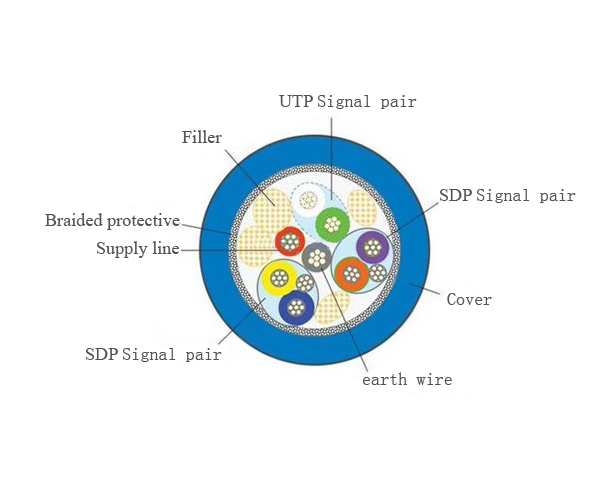
Sectional view of USB 3.0 data cable
The performance of USB 3.0 data cable for speeding is entirely due to technical improvements. Comparedwiththe current USB 2.0 interface, USB 3.0 adds more parallel-mode physical bus.ForUSB 3.0interfacesize standard,you can pick up a USB cable around and look at the interface section. On the basis of the original 4-wire structure (power supply, ground line, 2 datalines), USB 3.0 data cable added 4 lines for receiving and transmitting signals. As a result, there are a total of 8 lines in the cable or on the interface. It is the additional 4 lines (2 pairs)that provide the required bandwidthtosupportspeeding. Obviously,2 lines (1 pairs)on USB 2.0 are not enough.
Structure ofUSB 3.0 data cable
In addition,its signal transmission is still controlled by host but is asynchronous.USB 3.0datacable takesadvantage of bidirectional data transmissionmodeinstead ofhalf-duplex modeofUSB 2.0. Simply put, data flow in one direction, simplifying the time consumption caused by waiting.
In fact, USB 3.0 does not take much of advanced technology that is rarely heard of, but theoreticallyimprovesthe bandwidth by 10 times. As a result, it is more affable and friendly.Once SuperSpeed USB product comes out, it can make it easy for more people to accept and make better customization products.
Anatomical diagram of USB 3.0 data cable
- Transmission rate ofUSB3.0datacable:
The actual transmissionrate of this new interfacewithultra-high speed is approximately 3.2Gbps (that is, 400MB/S)whiletheoretical maximum rate is 5.0Gbps (625MB/S).
-
Transmission principle of USB3.0 datacable:
USB3.0 introduces full-duplex data transmission. Two of the five lines are used to send data, the other two are used to receive data, andoneisgroundline. That isto say, USB 3.0 can read and write synchronouslyat full speed. Previous USB versions didnot support full-duplex data transmission.
- Working power ofUSB3.0:
The loadofthe power supply has been increased to 150mA (USB 2.0 is about 100 mA),and the configuration device can be increased to 900mA,80% higher than USB 2.0 and charging faster. In addition, the minimum operating voltage of USB3.0 drops from 4.4Vto 4V, saving more power.
-
Power Management capability of USB3.0:
USB 3.0data cableisthicker because USB 3.0 has 4 more internal lines than USB2.0. However, this socket is a defect of USB 3.0whichcontains additional connection devices.

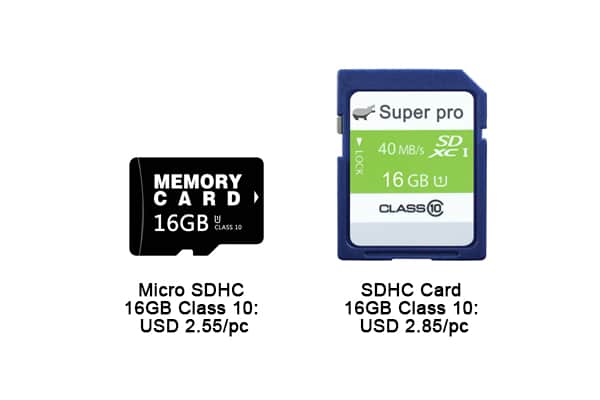
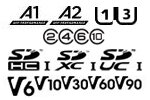
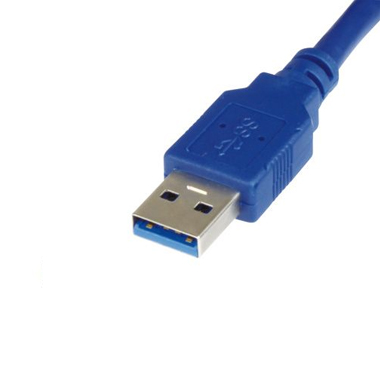
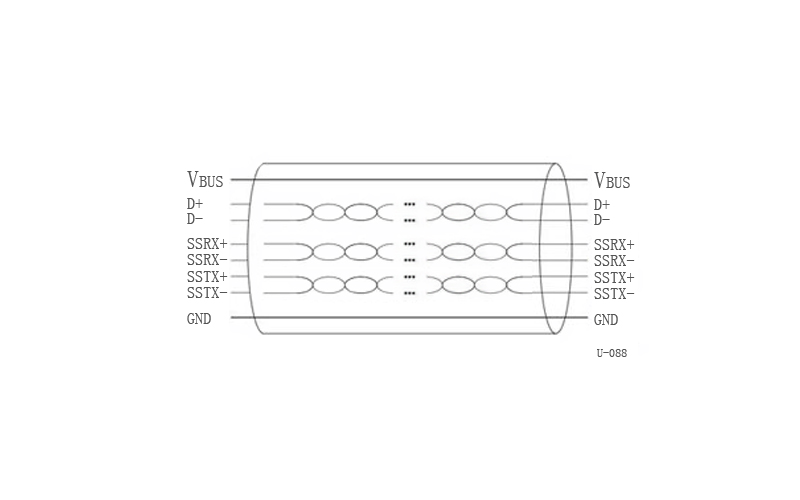
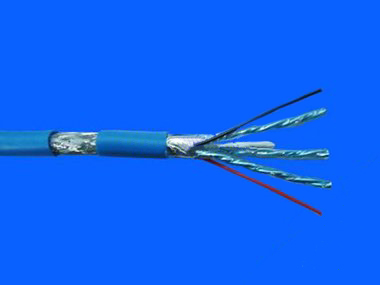
Leave a comment